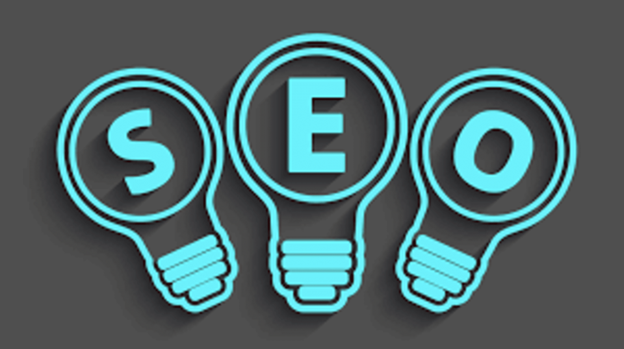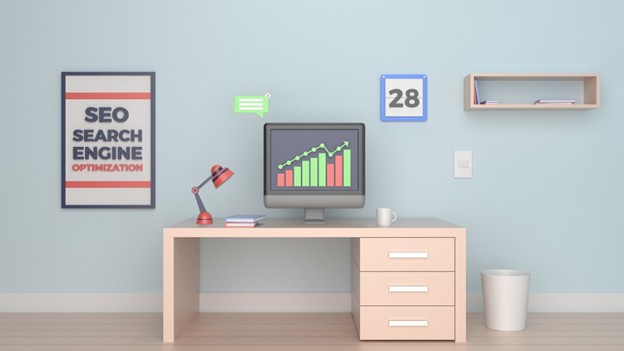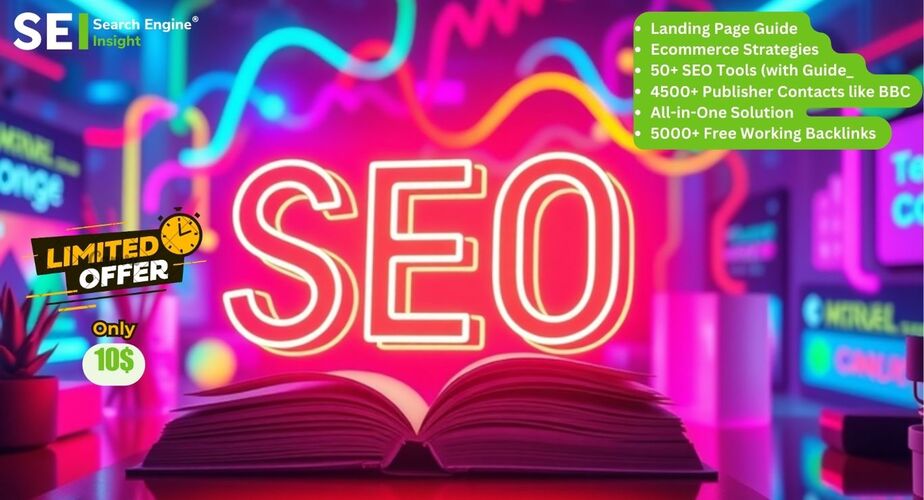AI in On-Page SEO: Optimizing Meta Tags, Headings, and More
AI transforms on-page SEO by streamlining complex, yet precise activities. Meta tags are analyzed using pattern recognition tools. Predictive AI tools know how users intend to search to enable the integration of human touch quality with more visible searchability in the site.
This article shall discuss critical areas where AI alters traditional ways of SEO strategies.
AI: Optimizing Meta Tags
Meta tags, which include title tags and descriptions, are still an important aspect of click-through rates and search relevance. Strictly AI driven systems:
- Automate keyword-enriched titles based on the best content in SERPs, where the primary keywords occur organically within 50-60 characters.
- Write appealing meta-descriptions using sentiment analysis to strike a balance between information and persuasion while keeping it under 120 characters for mobile.
- Avoid keyword stuffing since AI analyzes semantic relationships between keywords, thus lowering the chances for penalty sanctions.
Although Google may modify tags, optimized versions of tags enhance the chances of retaining SERP presence by 34%.
Headings and Content Structure
AI helps in better structuring head content by:
1. Header tag optimization
- It suggests H2/H3 subheadings using LSI keywords.
- Detects missing header hierarchies (e.g., skipped H2s) and reflows content flow.
2. Readability enhancements
- Changes sentence length and complexity with Flesch-Kincaid scoring.
- Recommends bullet points or tables for data-dense sections.
3. Featured snippet optimization
Format responses in short paragraphs (<45 words) or lists to also fit Google’s preferred snippet forms.
Advanced Content Optimization Strategies
AI-driven content tools master three things well:
Keyword Usage
- This maps primary and secondary keywords, using TF-IDF analysis so that the frequency of usage remains balanced.
- It fills in content gaps by comparing itself with the usage of the top 10 competitors in keyword usage.
Semantic Analysis
It enlarges topics through entity recognition to include associated ideas (for instance, “voice search” for mobile SEO content). It identifies keyword cannibalization in pages and makes recommendations on differentiation.
User Intent Matching
It differentiates between queries as either being navigational, informational, or transactional intent through NLP. Tones content appropriately as authoritative vs. conversational based on detected intent signals.
Internal Linking and Site Architecture
AI revolutionizes internal linking through:
- Detection of orphan pages: using crawl simulations and providing relevant anchor texts.
- Optimization of link equity distribution: based on page authority metrics and content relevance.
- Automated breadcrumb navigation: configurations based on the analysis of URL structure.
A/B tests reveal that AI-driven internal links increase time-on-page by 28% and decrease bounce rates by 19%.
Technical SEO Optimizations
AI bases its technical foundation on the following:
URL optimization
- It automatically produces clean, hyphen-separated slugs with primary keywords.
- It also identifies parameter duplication problems in the URLs of an e-commerce site.
Image optimization
- Produces alt text automatically using computer vision to explain visual elements.
- Compresses files without any loss of quality using algorithms from neural networks.
Improving page speed
- Recommends CSS/JS deferment based on render-blocking resource analysis.
- Optimizes image formats (WebP/AVIF) for specific browsers.

Overcoming AI Implementation Challenges
While powerful, AI requires strategic oversight to avoid:
- Content homogenization: Regular plagiarism checks ensure that generated content maintains uniqueness.
- Over-automation: Human editors should refine AI suggestions to preserve the brand voice, especially in meta descriptions.
- Mobile-first gaps: regular checks ensure adherence to responsive design as screen resolutions change.
Future directions of AI-led SEO
Trends include:
- Predictive models for ranking which use real-time volatility tracking from SERPs.
- Optimization for voice searches using natural language patterns of the query.
- Visual search, which makes schema markup from images automatic using Pinterest/Google Lens.
On-page SEO by AI: The purpose of AI is to supplement human intelligence rather than replace it. Through the management of mundane work and actionable insight, AI will enable marketers to concentrate on creativity and strategy without sacrificing technical acuity. Continued adaptation to algorithmic changes remains crucial to preserving search visibility within changing digital contexts.




